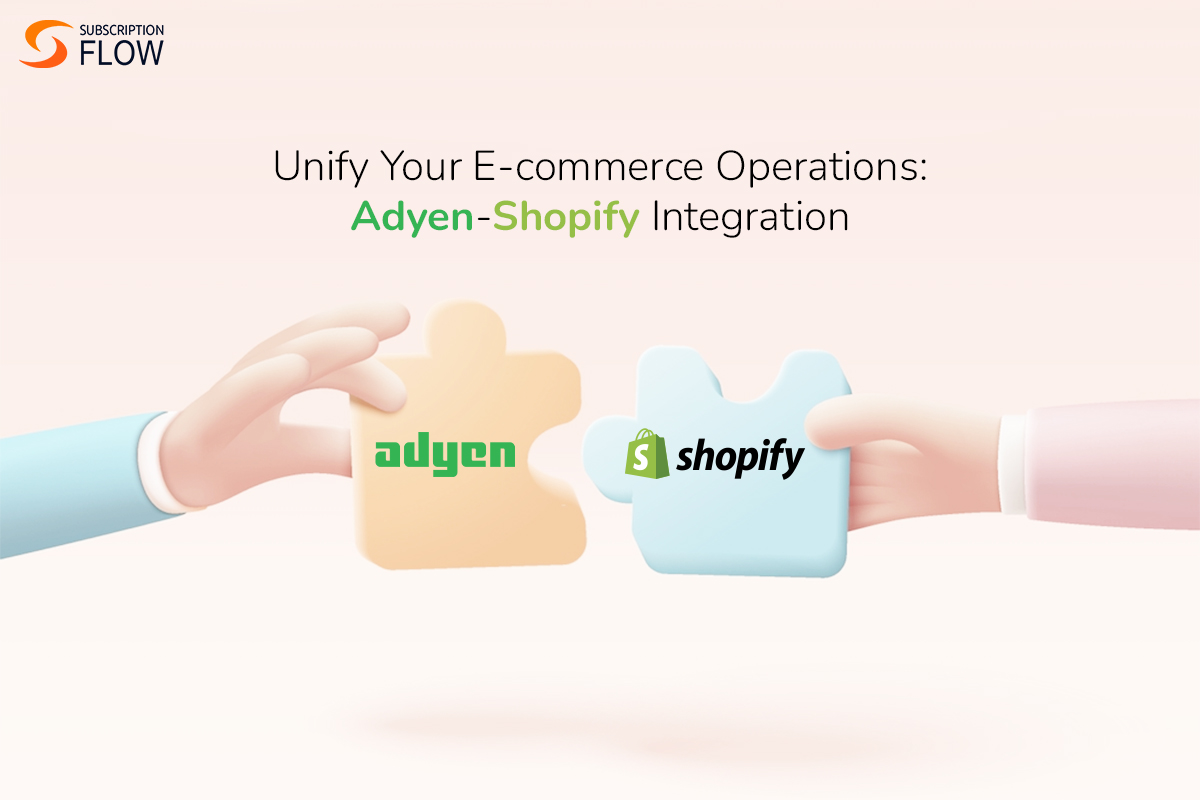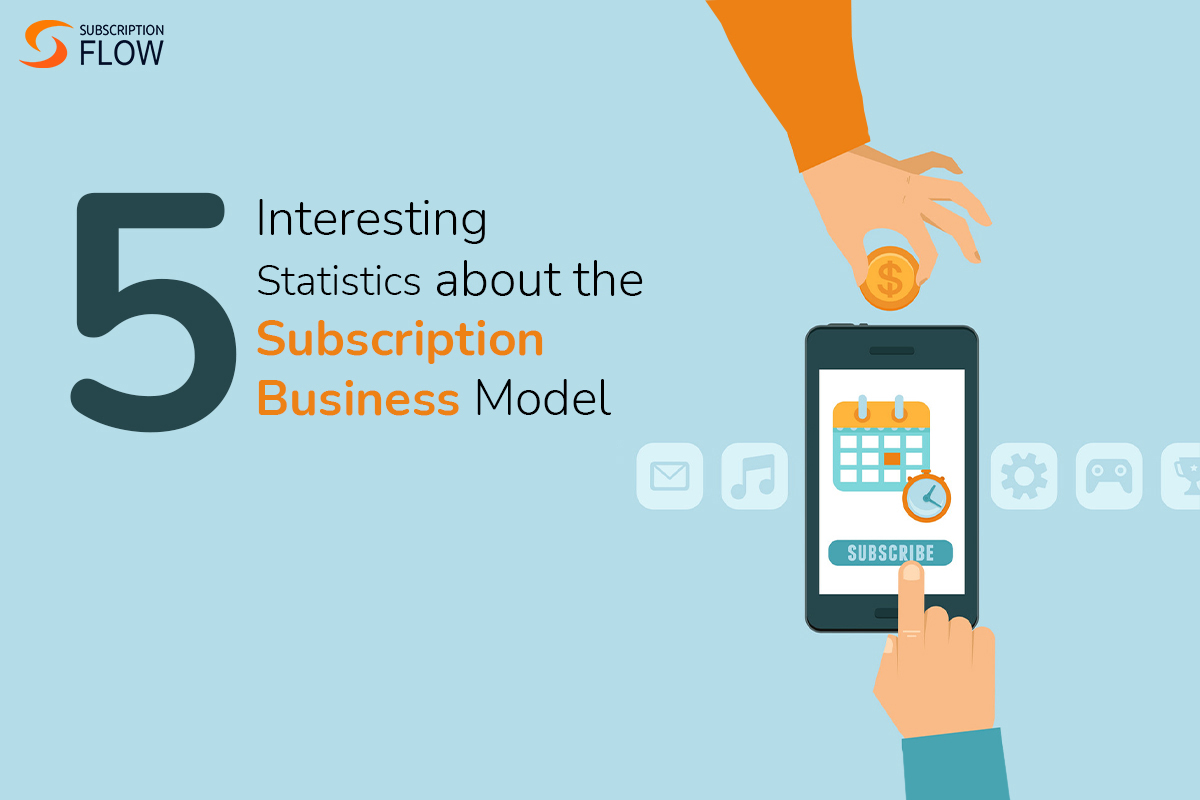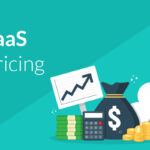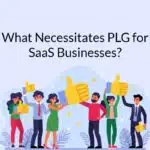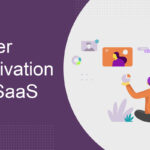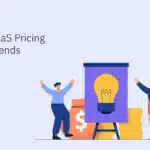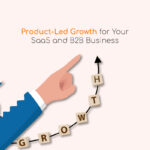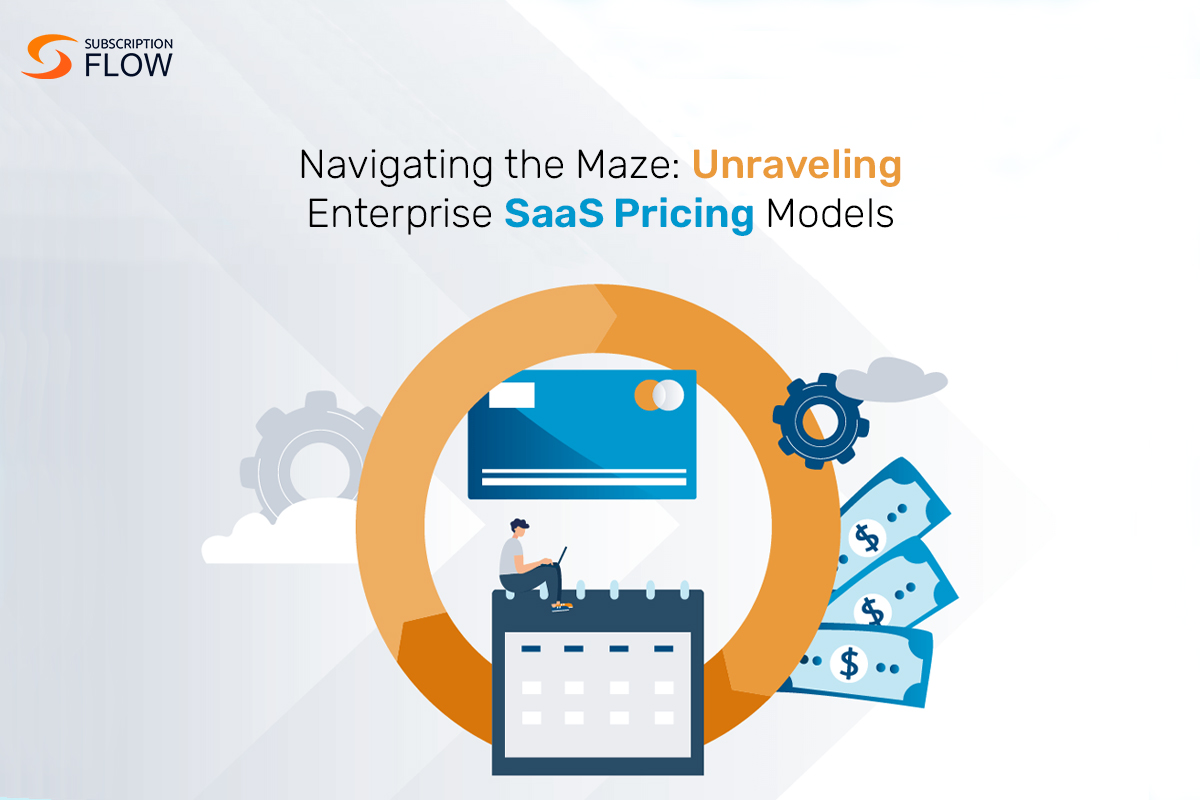
A Guide to Enterprise SaaS Pricing Models
Nothing will have a greater impact on your revenue than your software as a service pricing model. With so many SaaS subscription pricing models and their software pricing alternatives to consider, it can be difficult to know how to price your product to reach the sweet spot for your customers and your bottom line. Your success in the marketplace can be determined by a carefully considered pricing strategy for B2B SaaS pricing models. This is what makes finding the right balance between increasing sales and making sure your product stays competitive and accessible so difficult—your price model selection should be in line with your long-term expansion and commercial objectives. Keeping all this in mind, and for your long-term profitability and client pleasure, devoting time and money to studying, testing, and optimizing your approach to pricing becomes of the essence.
One simple way of understanding these seemingly complicated measures is to see if you undercharge, you’ll continually be catching up on revenue targets. If you overpay, however, you run the risk of losing potential clients who know they can always get a similar product elsewhere (even though it may not be as good of a solution).
Here are some examples of common software pricing structures to help clarify things.
What is Enterprise SaaS?

The long and short of it is that enterprise SaaS, which stands for Enterprise Software as a Service, refers to a type of software delivery model in which software applications are provided to businesses and organisations over the Internet on a subscription basis.
This approach is very attractive to enterprises of all sizes since it has many benefits, such as cost-effectiveness, flexibility, and scalability. Furthermore, businesses can access advanced software solutions with Enterprise SaaS without having to make substantial upfront investments in infrastructure or hardware. And by enabling companies to quickly adjust to shifting market demands and technology changes, it promotes agility and innovation and helps them gain a competitive edge.
Unlike traditional software models where software is installed and maintained locally on individual computers or servers, Enterprise SaaS applications are hosted and managed by third-party providers in the cloud.
Key characteristics of Enterprise SaaS include:
1. Subscription-Based: Instead of purchasing software licenses upfront, users pay a recurring subscription fee. This often includes ongoing updates, maintenance, and support.
Moreover, subscription-based models frequently have open and honest invoicing procedures, giving companies transparency and predictability over their software costs. This gives a number of Enterprise SaaS suppliers the ability to provide free trials or demos of their software so that companies can evaluate it prior to agreeing to a subscription.
2. Cloud-Based: Enterprise SaaS applications are hosted in the cloud, meaning they can be accessed from any device with an internet connection. This eliminates the need for users to install and maintain the software on their own servers.
Due to this, lots of SaaS software are considered extremely flexible in terms of how you can scale them. This results in users flocking to them in great numbers as it allows for a much greater degree of tweaking one’s costs to suit one’s budget. Not only this, but even on the business side of things this proves to be a successful venture as it allows for businesses to cut losses by scaling their operations according to whatever it is that they can afford.
3. Multi-Tenancy: SaaS applications are usually built to serve multiple customers (tenants) on the same infrastructure. This shared environment can offer cost savings and efficiency benefits.
4. Automatic Updates: SaaS providers handle software updates and patches, ensuring that users always have access to the latest features and security improvements without needing to perform manual updates.
5. Scalability: SaaS solutions can often be easily scaled to accommodate changes in user demand. Users can typically adjust their subscription to match their current needs.
6. Accessibility: As long as users have an internet connection, they can access their SaaS applications from anywhere, promoting remote work and collaboration.
7. Reduced IT Overhead: Since SaaS providers handle infrastructure, maintenance, and updates, businesses can reduce their IT overhead and focus on using the software to meet their specific needs.
8. Pay-as-You-Go: Subscription models allow businesses to align their software expenses with their actual usage, making it more cost-effective for many businesses.
Additionally, usage-based price tiers and volume discounts are possible in pay-as-you-go models, which encourage companies to maximize resource efficiency and minimize expenses.The inclusion of this allows SaaS providers to provide clear pricing dashboards or reports, which let companies keep an eye on and evaluate usage trends, spot areas where they could cut costs, and make the most out of their subscriptions.
Enterprise SaaS covers a wide range of software solutions, including customer relationship management (CRM), enterprise resource planning (ERP), human resources management (HRM), project management, collaboration tools, and more. Popular examples of Enterprise SaaS providers include Salesforce, Microsoft 365 (formerly Office 365), and Workday.
This model has become increasingly popular due to its flexibility, cost-effectiveness, and the ability to quickly adopt and deploy new software solutions without the need for extensive on-premises infrastructure.
READ MORE: Sailing the SaaS Seas: Exploring its Advantages and Disadvantages
Popular Enterprise SaaS Pricing Models
Enterprise SaaS pricing models can vary based on the features, usage, and value provided to customers. Here are five common enterprise pricing models for SaaS:
1. Per-User Pricing
In this model, the SaaS provider charges customers based on the number of users who will be accessing the software. Each user typically has their own account and login credentials. This model is straightforward and easy to understand, as the pricing scales linearly with the number of users. However, it might not be suitable for all businesses, especially those with varying levels of user activity.
One major advantage of this system is tat since expenses and user numbers are closely correlated, this price system guarantees transparency. It might be difficult for companies with different user activity levels to forecast costs, therefore a thorough evaluation and possible revisions to user licensing as the company grows are required. For example, Slack and other platforms charge by the user for the communication services.
2. Tiered Pricing
Tiered pricing involves offering different levels of features and usage limits across various pricing tiers. Customers can choose the tier that best aligns with their needs. Higher tiers often include more advanced features, increased usage limits, and additional benefits. This model caters to businesses with diverse requirements and allows customers to scale up as their needs grow.
This strategy allows for scalability as demands increase and serves enterprises with a variety of requirements. Zapier serves as an illustration of this, offering tiers of pricing according to the quantity of jobs and Zaps completed each month.
3. Usage-Based Pricing
With usage-based pricing, customers are billed based on the volume or usage of the software. This could include metrics such as the number of transactions processed, data storage, or API calls made. While this model offers flexibility and cost savings for businesses with fluctuating usage patterns, customers need to closely monitor their usage to manage costs effectively.
Customers that choose usage-based pricing are charged according to the volume or consumption metrics of the program, such as the number of transactions completed, the amount of data stored, or the number of API calls performed. Although it provides flexibility and possible cost savings for companies with erratic usage patterns, careful consumption monitoring is necessary for efficient cost management. This pricing strategy is also used by Zapier, which matches expenses to usage indicators.
4. Flat-Rate Pricing
Flat-rate pricing involves charging customers a fixed, predictable monthly or annual fee regardless of the number of users or usage levels. This ease of use helps organizations with forecasting and budgeting. But it might not be the best option for those whose user bases are very erratic or expanding. Companies that use this methodology can project revenue based on a number of variables, including sales trends, seasonal patterns, and client retention rates.
5. Custom Pricing
Custom pricing is tailored to the specific needs of each enterprise customer.Deployment scale, necessary features, and total company value are all factors in pricing. This customized strategy works especially well for larger companies with more complicated requirements.Custom pricing is suitable for larger organizations with complex needs.
It’s important to note that these models can be combined or modified to suit the unique requirements of the SaaS provider and their target customers. Additionally, many SaaS providers offer add-ons, integrations, and optional services that can also impact pricing. Choosing the right pricing model depends on factors such as the target market, competition, perceived value of the software, and the provider’s strategic goals.
Read more: Optimizing Financial Processes – Enterprise Invoice Management
Benefits of Enterprise SaaS Pricing Models
For larger organizations, corporate SaaS pricing structures provide a number of benefits. First off, they make it possible to create solutions that are specifically adapted to meet the demands of any firm. Instead of taking a one-size-fits-all approach, this flexibility guarantees that organizations can choose characteristics and features that closely match their requirements. Second, by enabling businesses to grow without adding needless costs, enterprise pricing promotes cost-effective growth. Enterprise price flexibility supports effective expansion, whether it be through the addition of licenses, features, or resources.
Lastly, flexible price structures for enterprise SaaS allow for quick reactions to changing business conditions. Businesses may easily adapt to changing requirements, whether they include adding more users, growing their operations, or changing the capabilities of their software. Businesses must give careful consideration to elements like industry landscape and target market.
Key Pitfalls of the B2B SaaS Pricing Models to Keep in Mind
It is critical to take into account a variety of potential obstacles when dealing with SaaS subscription pricing models and to put strategies in place to successfully manage them. Now let us examine these challenges and their accompanying fixes:
- Cons of User-Based Pricing: Sure, this alternative pricing model lets customers budget by charging companies according to how often their products are used. Yet, if their monthly consumption varies much and causes unanticipated spikes in costs, clients can become frustrated and have inconsistent bills.
- Discounting other practices of Software as a Service Pricing Model: One of the main causes of discounting is the false belief held by some SaaS sales representatives that larger discounts are necessary to seal agreements. However, studies show that successful transactions frequently have smaller average discounts, which reflects the ability of sales representatives to comprehend client demands and create arrangements that make financial sense. Furthermore, haphazardly designed approval procedures may lead to exorbitant discounting, which could impair the effectiveness of the sales process.
Other More General Common Errors: Companies should avoid copying or lowering competitors’ prices without taking into account their own value proposition in order to avoid common mistakes. In addition, they should make an effort to have simple pricing structures that meet client expectations and steer clear of confusion brought on by too complicated modules. Furthermore, complicated pricing schemes or excessive tiering might hinder sales teams as well as clients, which emphasizes how crucial it is to keep things straightforward and uncomplicated
Final Word
SaaS enterprise pricing models come in a variety of shapes and sizes, but none are “best” for any specific SaaS company. By plugging your business model into one (or more) of these pricing models, you can determine which will deliver consistent revenue and growth.
It’s time to talk about billing once you’ve decided on the correct model for your SaaS company. With our sophisticated software solution that interacts with all of your existing products, SubscriptionFlow simplifies subscription administration, accounting, and analytics. We handle everything from simple flat pricing to complicated usage-based models. Book a demo to see how SubscriptionFlow can help your company grow with purpose.




